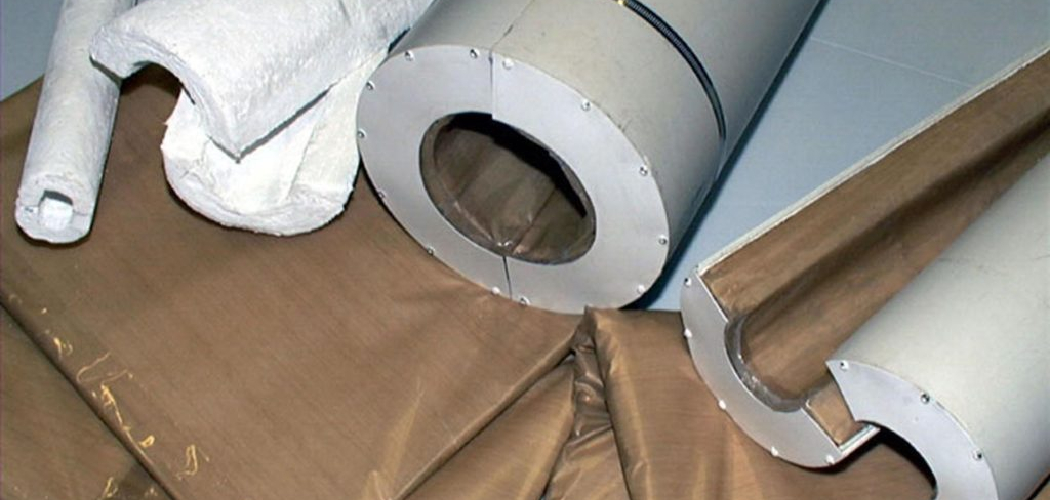Are you experiencing low water pressure or clogged pipes? If so, you may be dealing with calcium buildup in your plumbing system. Calcium deposits can form when hard water constantly flows through your pipes, leaving behind a white, chalky substance that can build up over time and impede water flow.
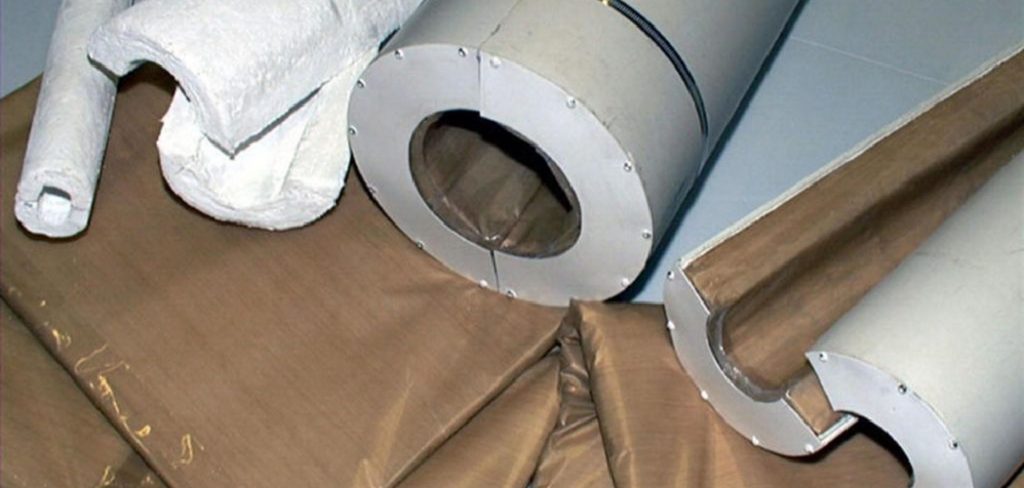
This problem often arises from hard water rich in minerals like calcium and magnesium. To prevent these complications, it is essential to implement effective strategies that reduce mineral accumulation. This guide will explore various methods for maintaining clear and flowing pipes, from regular maintenance routines to advanced filtration systems.
By taking proactive measures, homeowners can protect their plumbing systems, ensuring a longer lifespan and improved water quality. Let’s dive into effective ways on how to prevent calcium buildup in pipes.
What Will You Need?
Before we get into the prevention methods, you must know what tools and materials you will need. Some of the essential items include:
- A Water Softener: This is a device that reduces the amount of calcium and magnesium in your water by replacing them with sodium ions.
- Vinegar or Lemon Juice: These household acids can break down mineral deposits on pipes.
- A High-quality Plumbing Snake or Auger: This tool can help remove clogs caused by calcium buildup in smaller pipes.
- Protective Gear: Wear gloves and safety glasses when handling cleaning solutions.
Once you have these items, you can prevent calcium buildup and keep your pipes clear and functional.
10 Easy Steps on How to Prevent Calcium Buildup in Pipes
Step 1: Install a Water Softener
The first and most effective step to prevent calcium buildup is to install a water softener. This device helps reduce the hardness of water by removing excess calcium and magnesium ions, replacing them with sodium ions. Not only does this protect your pipes, but it also enhances the efficiency of appliances like dishwashers and water heaters, improving overall water quality in your home.
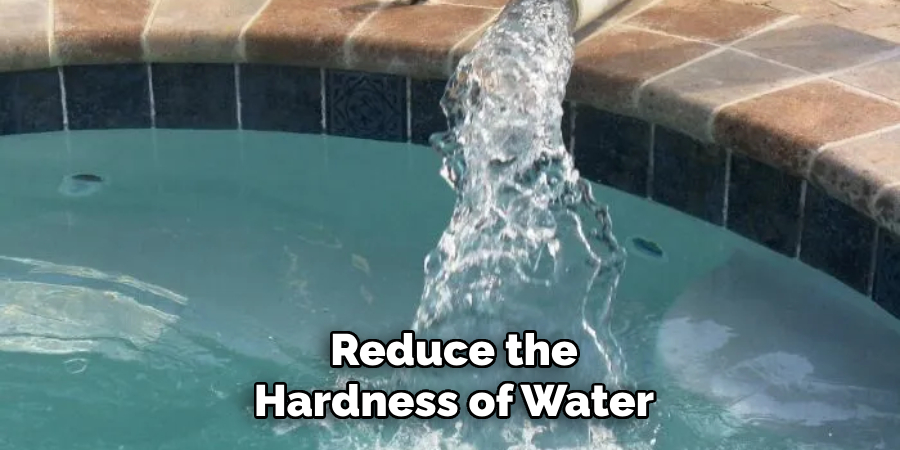
Step 2: Regularly Clean Faucets and Showerheads
To prevent calcium buildup, cleaning your faucets and showerheads regularly is essential. Over time, mineral deposits can accumulate on these surfaces, reducing water flow and unsightly stains. You can effectively remove these deposits by soaking the fixtures in a mixture of vinegar and water for about 30 minutes. After washing, use a brush to scrub away any remaining buildup, and rinse thoroughly with water. Implementing this simple cleaning routine every few months helps maintain optimal water flow and reduces the chances of severe blockages in the future.
Step 3: Use Vinegar for Routine Maintenance
Incorporating vinegar into your plumbing maintenance routine is a simple and effective way to combat calcium buildup. Once a month, pour a cup of white vinegar down your drains and let it sit for about 30 minutes. This will allow the vinegar to break down any mineral deposits lingering in the pipes. After waiting, flush the drain with hot water to wash away the dissolved calcium. This proactive approach maintains clear pipes and contributes to overall better water quality in your home.
Step 4: Install a Reverse Osmosis System
Installing a reverse osmosis (RO) system can significantly reduce calcium and other minerals from your drinking water. This system works by using a semipermeable membrane that allows only water molecules to pass through while filtering out larger molecules, including calcium ions. By integrating an RO system into your plumbing, you can not only enjoy cleaner, better-tasting water but also prevent the mineral buildup that may affect your pipes and appliances. Regular maintenance of the RO system is essential to ensure its efficiency, so be sure to replace filters as recommended to optimize performance.
Step 5: Monitor Water Temperature
Monitoring and regulating the temperature of your water can also help prevent calcium buildup in your pipes. High temperatures can increase the rate at which minerals precipitate out of the water and adhere to the pipe surfaces. Ideally, keep your water heater set to a maximum temperature of 130°F (54°C). This reduces the potential for calcium deposits, conserves energy, and lowers the risk of scalding injuries. Regularly checking and adjusting your water heater settings is a proactive measure that can contribute to the longevity of your plumbing system.
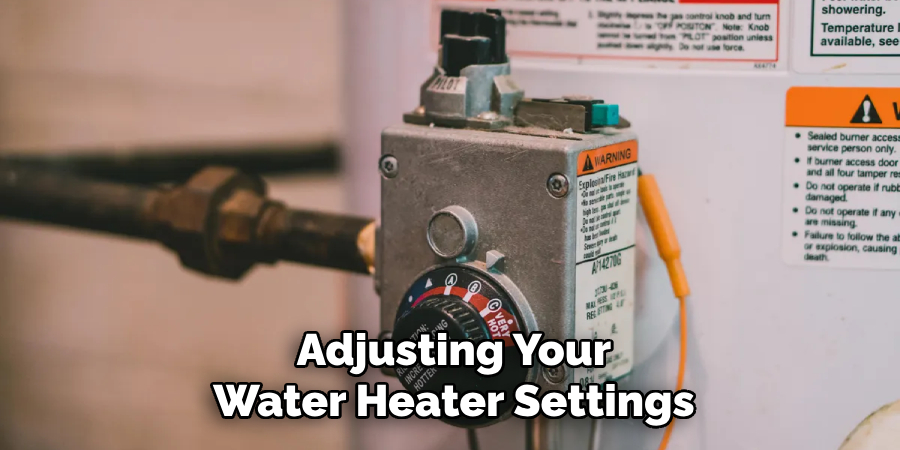
Step 6: Regularly Inspect and Maintain Plumbing
Routine inspections and plumbing system maintenance are crucial to preventing calcium buildup. Check for leaks, corrosion, or any visible signs of mineral deposits around faucets and pipes. Addressing minor issues promptly can prevent them from escalating into major problems. Consider scheduling professional plumbing inspections at least once a year; this proactive approach can help identify potential weaknesses in your system and recommend necessary maintenance or repairs. Keeping a close eye on your plumbing extends its lifespan and helps maintain optimal water flow throughout your home.
Step 7: Use a Water Conditioner
Utilizing a water conditioner can be an effective strategy to tackle calcium buildup without using salt, which might not be suitable for everyone. Water conditioners employ a process known as template-assisted crystallization to change the structure of calcium minerals, preventing them from adhering to your pipes and fixtures. This alternative approach not only enhances water quality but also reduces the need for frequent cleaning of appliances, making it a user-friendly option for households looking to mitigate mineral deposits while maintaining their plumbing system.
Step 8: Install Pressure Regulators
High water pressure can exacerbate the accumulation of calcium deposits, so installing a pressure regulator can be a valuable preventative measure. These devices help manage the water pressure entering your home, ensuring it stays within a safe and efficient range. By controlling excessive pressure, you can reduce the stress on your plumbing and minimize the potential for calcium buildup, ultimately extending the life of your pipes and fixtures. If you need help determining whether your water pressure is within a healthy range, consult a professional plumber to assess and recommend necessary adjustments.
Step 9: Regularly Flush Your Water Heater
Flushing your water heater periodically is essential for preventing mineral buildup, especially in areas with hard water. Sediments, including calcium, can settle at the bottom of the tank, leading to reduced efficiency and potential damage over time. To flush your water heater, follow the manufacturer’s guidelines, typically turning off the heater, connecting a hose to the drain valve, and letting the tank drain completely before refilling it. Regular maintenance of your water heater not only keeps it functioning optimally but also helps to reduce calcium accumulation throughout your plumbing system.
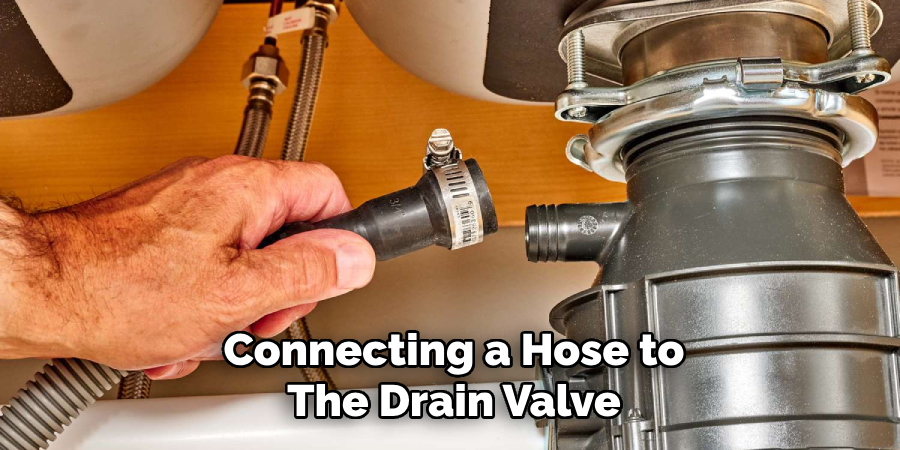
Step 10: Educate Your Household
Lastly, educating everyone in your household about preventing calcium buildup can significantly enhance your preventive efforts. Encourage family members to report any signs of plumbing issues, such as reduced water flow or unusual faucet noises. Additionally, sharing information about routine maintenance practices, like the proper use of cleaning materials and regular inspection schedules, ensures that everyone is aligned in their efforts to maintain a healthy plumbing system. A collaborative approach promotes better water quality and fosters a culture of care for your home’s infrastructure.
Following these simple yet effective steps can prevent or reduce the effects of calcium buildup in your plumbing system.
5 Things You Should Avoid
- Ignoring Water Quality Reports: Failing to monitor and understand your local water quality reports can lead you to overlook the potential hardness of your water. Regularly review these reports to stay informed about mineral content and make necessary adjustments to your plumbing habits.
- Using Too Much Detergent or Soap: Overusing detergents, soaps, or cleaning products can contribute to residue build-up in your pipes, which can trap minerals and exacerbate calcium deposits. Opt to use the recommended amount and consider eco-friendly options to minimize buildup.
- Neglecting Regular Maintenance: Skipping routine maintenance for your plumbing system can allow minor issues to develop into significant problems, including calcium buildup. Consistently inspect and maintain your pipes, water heater, and conditioning systems to avoid complications.
- Incorrect Installation of Water Filtration Systems: Poorly installed water filtration or conditioning systems may not function as intended, which can fail to reduce calcium levels adequately. Always hire qualified professionals for installation to ensure systems operate effectively.
- Setting Water Heater Temperature Too High: Maintaining your water heater at excessively high temperatures can accelerate the precipitation of minerals, leading to increased calcium deposits. Keep your heater at a safe and efficient temperature to help mitigate this risk.
By avoiding these pitfalls and following the preventive measures discussed, you can effectively manage calcium buildup in your plumbing system and maintain a healthy home.

Conclusion
In summary, preventing calcium buildup in your plumbing system requires a proactive and informed approach. Regular inspections, routine maintenance, and water conditioners are essential steps to safeguard your pipes.
By controlling water pressure and keeping your water heater in good condition, you can significantly reduce the risks associated with mineral accumulation. Additionally, educating your household about these preventative measures will foster a culture of vigilance and care. By avoiding common pitfalls and implementing these strategies, you can maintain optimal water flow and extend the lifespan of your plumbing system, ensuring a healthy environment for your home.
Hopefully, the article on how to prevent calcium buildup in pipes has provided valuable insights and practical tips for homeowners to protect their plumbing systems. So start implementing these measures today and maintain a healthy plumbing system for years! Happy plumbing!

